
Saint-Epvre Basilica
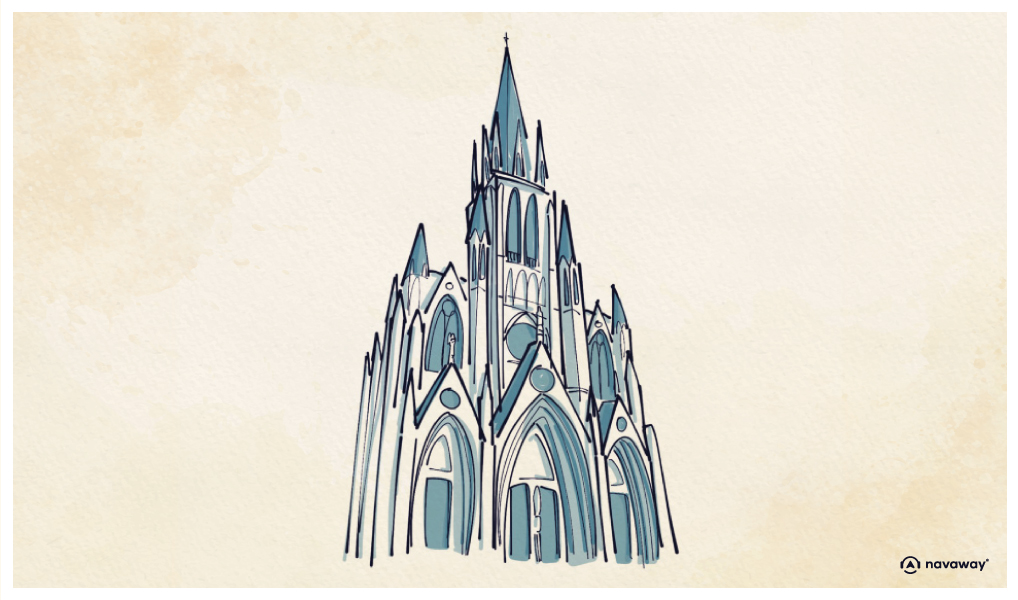
This point of interest is available as audio on the tour: Visit Nancy, At the Gates of the Ducal City
With its Gothic features and magnificent spire reaching a height of 87 meters, the Saint-Étienne Basilica, on your right, seems to have been watching over the city for centuries. But don’t get too carried away, because, surprising as it may be, this version of the religious sanctuary was only completed at the end of the 1800s. It all began much earlier, back in the 12th century, when Nancy was rapidly expanding. The Duke of Lorraine authorized the construction of the first church here, dedicated to Saint Epvre, bishop of Toul in the 6th century. Later, in the medieval period, a second Gothic church replaced it, complete with a belfry that served not only as a watchtower but also as a meeting hall for the city’s representatives. Over time the structure weakened, and in the mid-19th century it was demolished to make way for the present basilica. The building you see today is the work of Prosper Morey, the city’s architect, who laid its first stone in 1864. In less than ten years, the basilica rose from the ground and immediately captivated visitors with its radiant Neo-Gothic style. Its construction was made possible thanks to an ambitious fundraising campaign led by Father Joseph Trouillet and supported by illustrious donors: Emperor Franz Joseph of Austria and Empress Sisi, Napoleon III, Pope Pius IX, as well as several prominent Lorraine families. Contributions from across Europe helped shape this remarkable monument. The immense stained-glass windows—covering more than 2,300 square meters—came primarily from Carl Geyling’s workshops in Vienna, complemented by two from Metz. The choir’s woodwork was crafted in Bavaria, the bells were cast in Budapest, while the gleaming white stone came from the Euville quarry in Lorraine. Step inside, and you’ll be struck by its magnificence: the high altar sculpted by the Klem brothers, the monumental organ built by Merklin and inaugurated by Anton Bruckner, and no fewer than 84 stained-glass windows flooding the nave with colored light. Even the gargoyles are worth a closer look—dragons, grotesque faces, strange beasts, and even a woman covering her ears, said to be a cheeky nod to the scandalous reputation of a nearby street in the 19th century. Classified as a Historic Monument, the Basilica of Saint Epvre remains today one of Nancy’s great symbols—admired as much for its architectural splendor as for the European history it embodies.


Discover Nancy with app
An interactive guide through the most beautiful streets, squares, and districts
27 fun audioguides full of historical facts, anecdotes, and legends
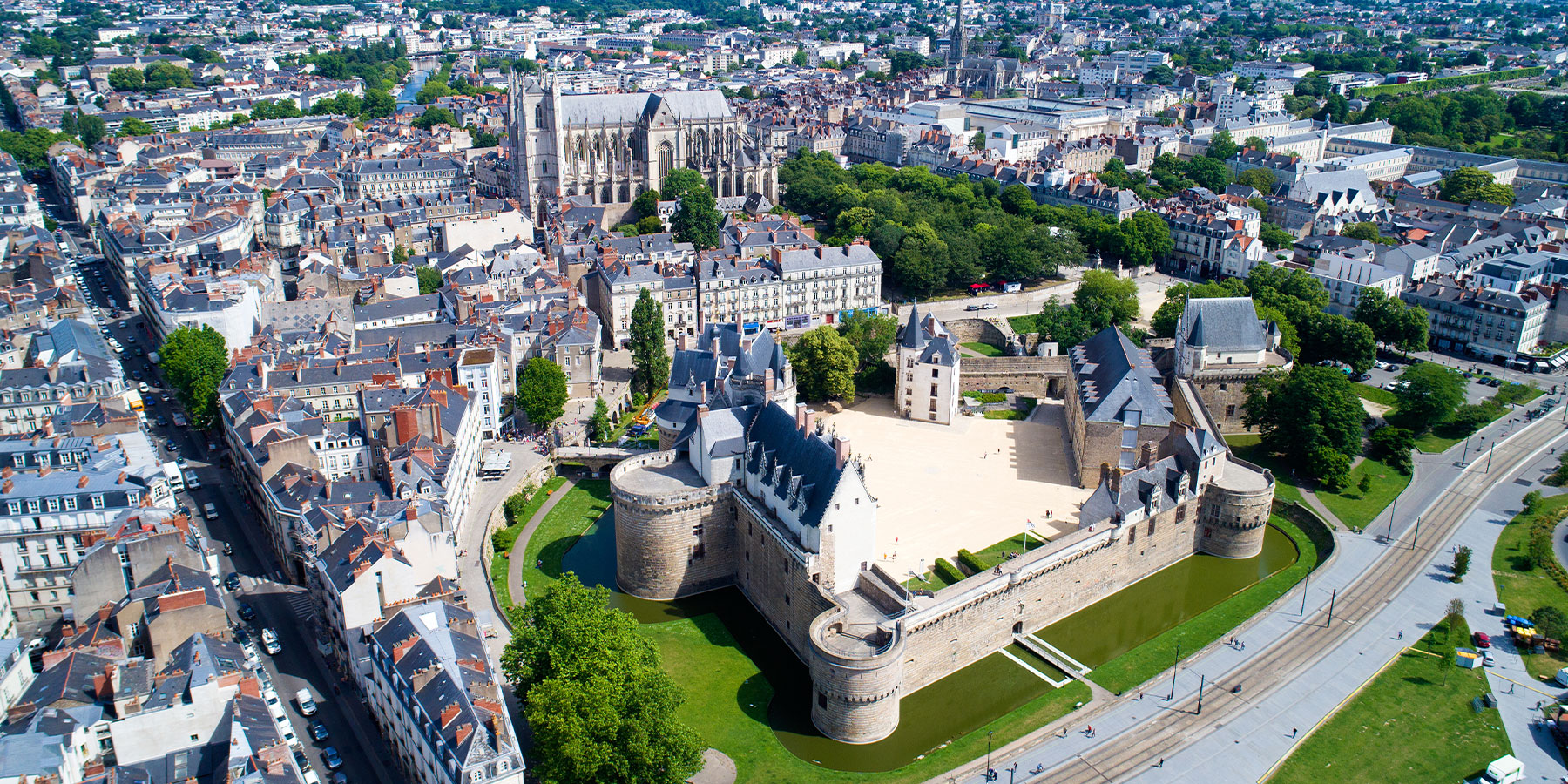
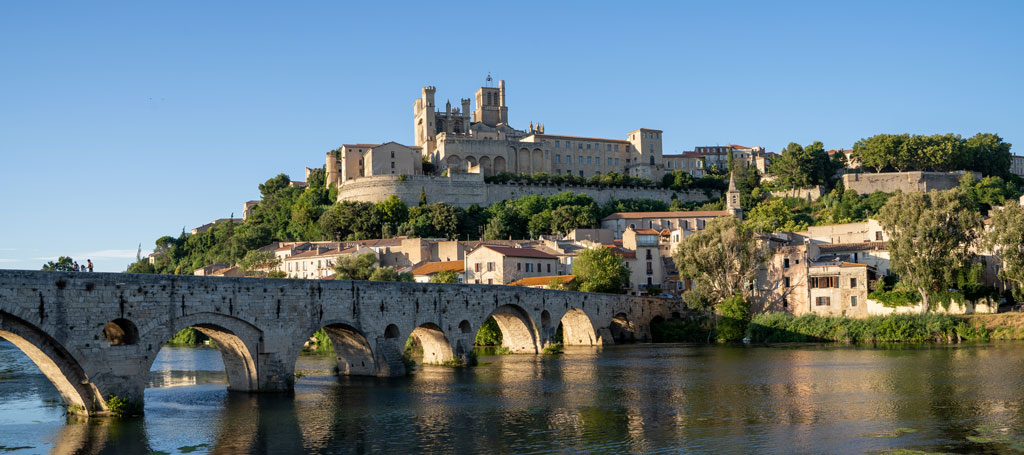
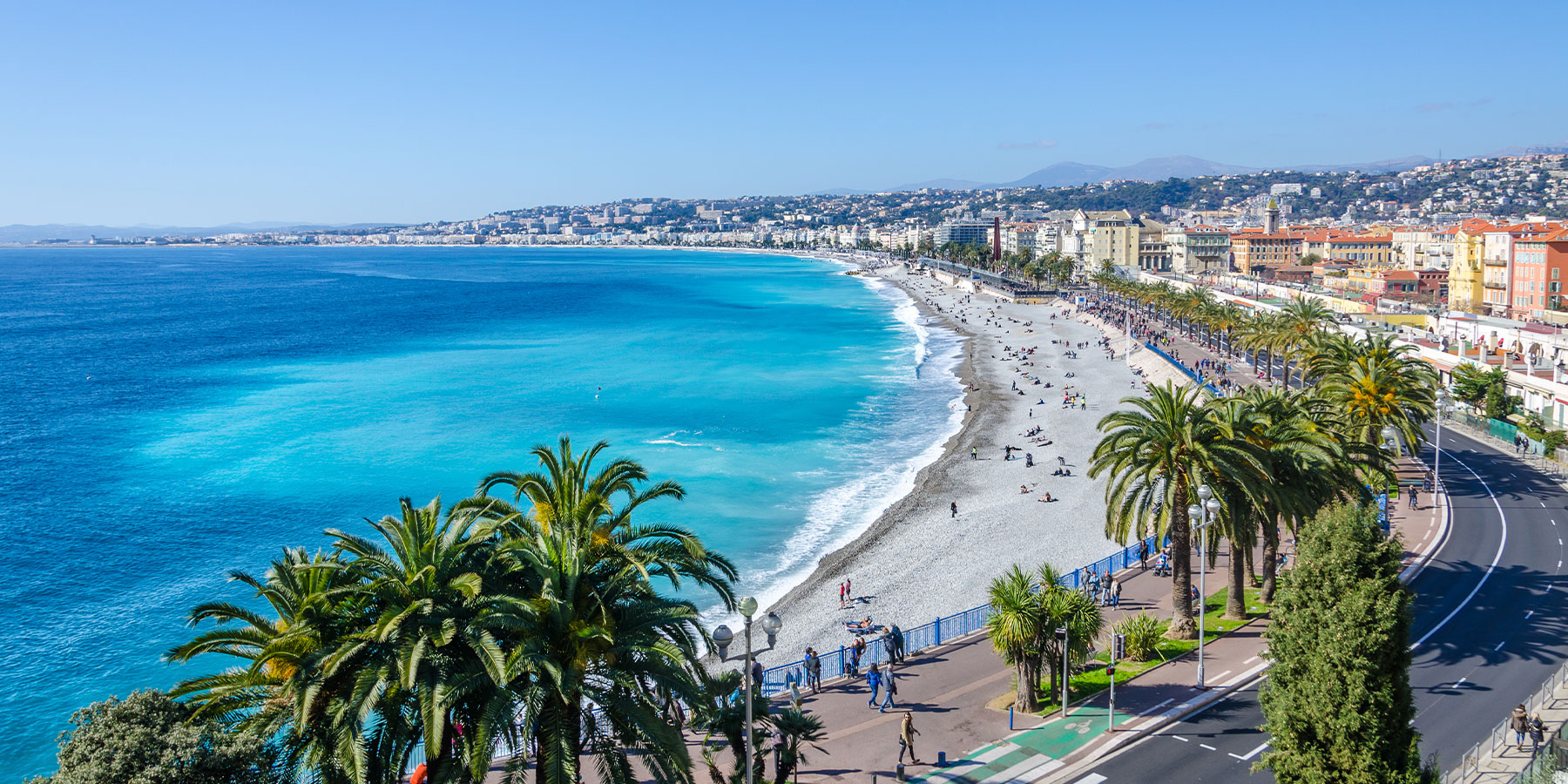
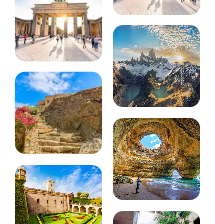

Comments